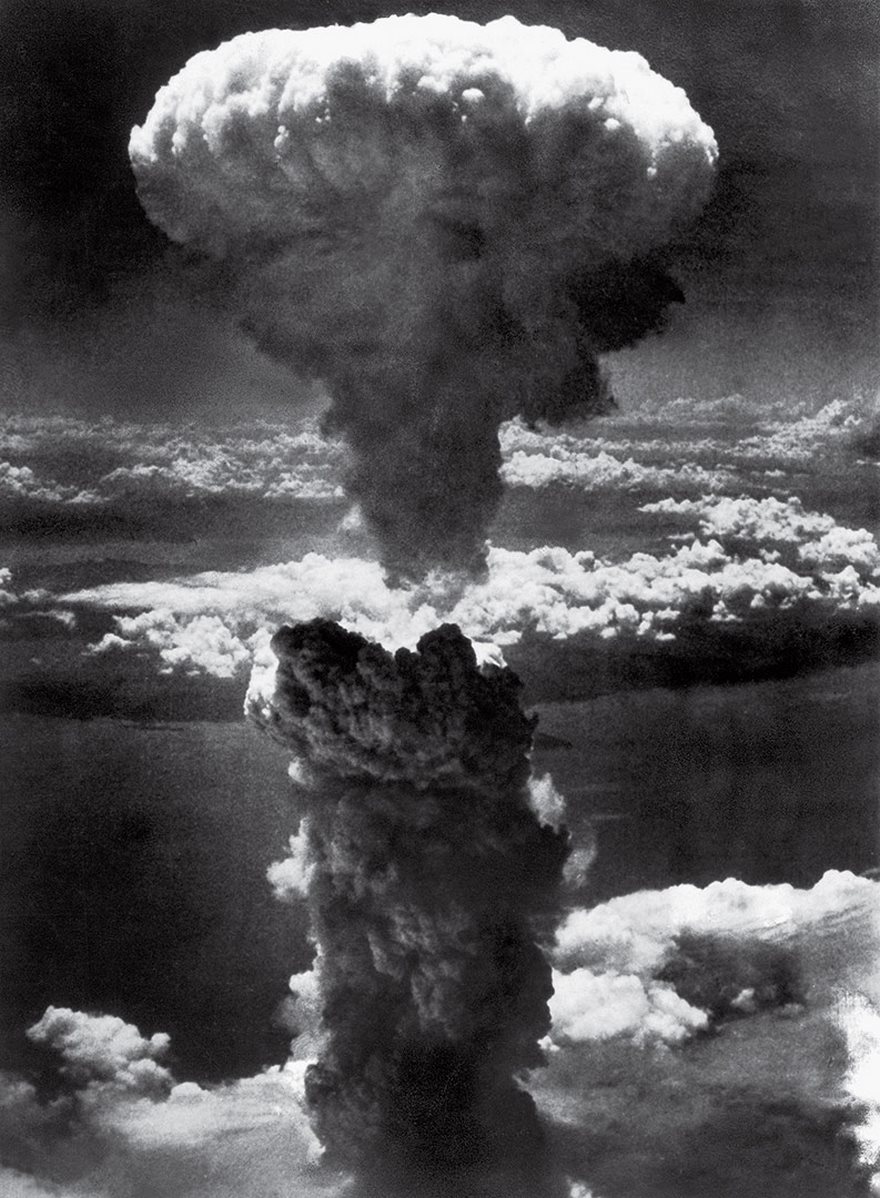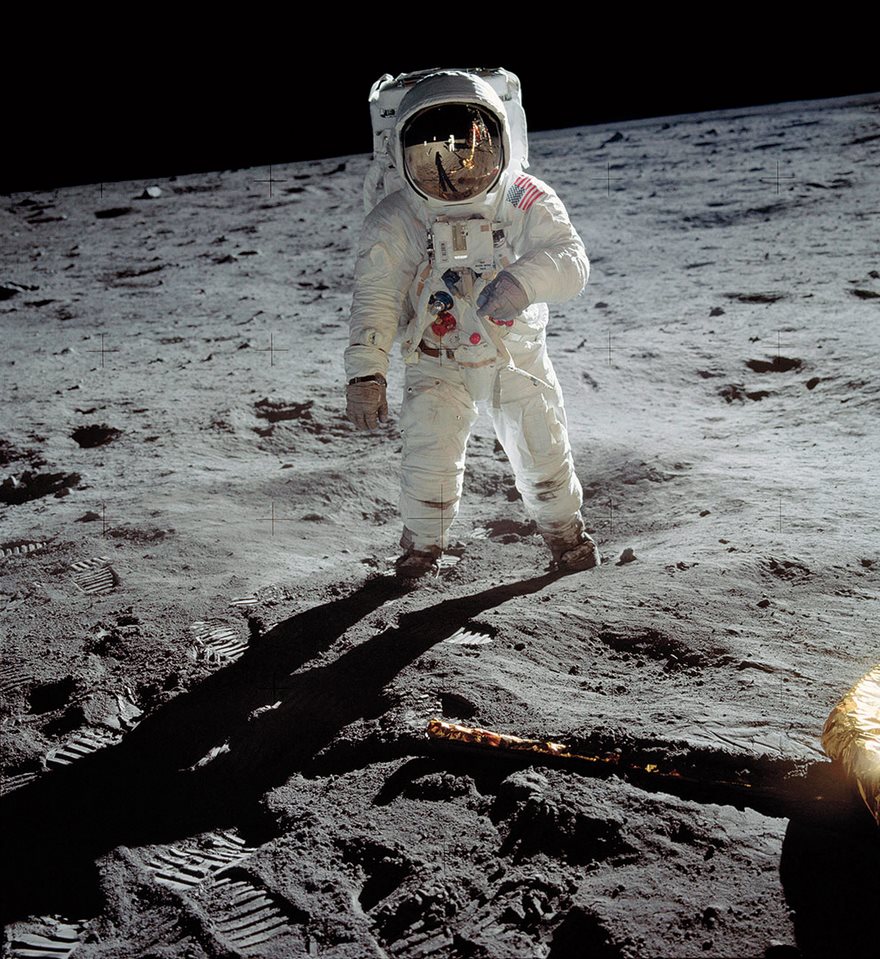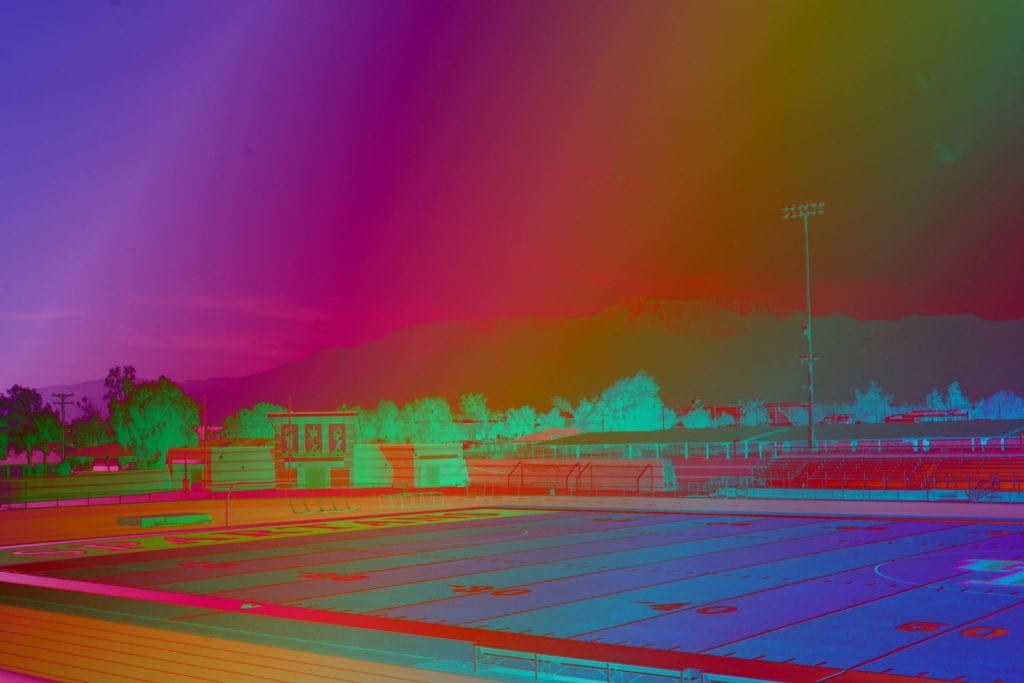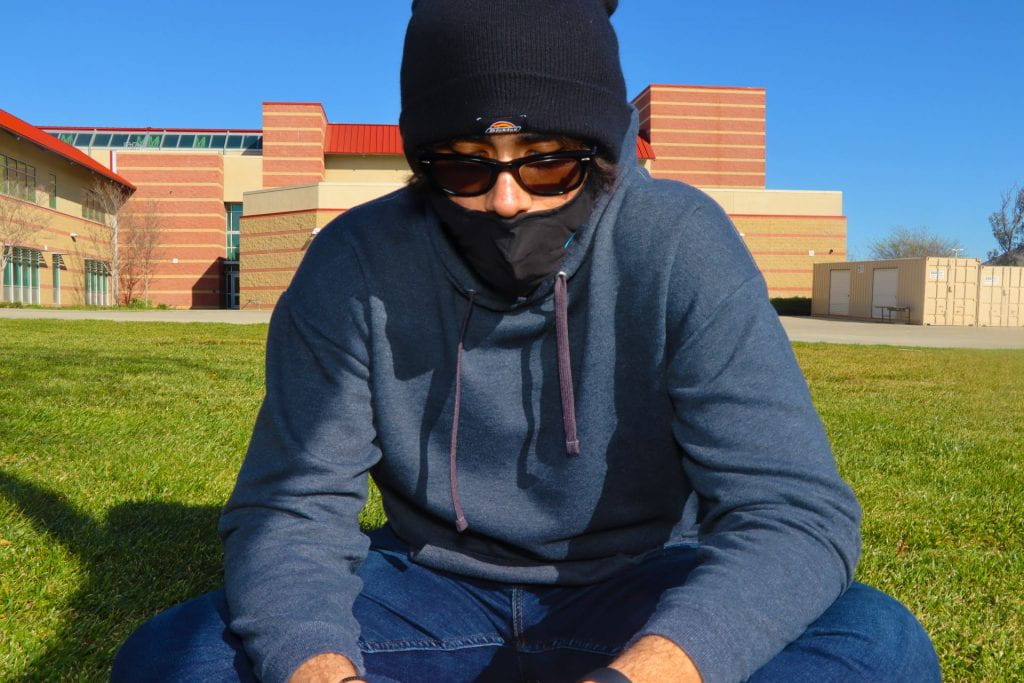
Surrealistic Collage

















I chose Pablo Emilio Escobar Gaviria because he is the world greatest drug lord in history and his story was interesting.



I like these covers because one of them takes place in a older period of time and it shows with the classic cars. I also like the cover of the Greek man because the Spartans are really cool. I also liked the one with the trees because I like green areas such as parks, forest or national parks.






This article is about Adam Marelli, a cultural photographer who tells his experience. He begins by describing how someone once asked him what he did for a living. When he said he did photography, he was asked what kind of photography he did. He had no idea what he was capturing because he didn’t know the answer to this question. He made the decision to look for a solution to this query.
He showed his work to National Geographic at first, but he had to convert his photos to black and white, which was not his style. He decided not to work with National Geographic and instead focus on determining what style of photography he possessed. He thought that working in his intense fields of study was the best way to go. Construction and Zen Buddhism were the topics. He would spend several years working in these domains, learning both the apparent and invisible aspects of photography.
As a result, he began to generate his best photographs, which he labeled “culture photography.” This was his definition of photography, which he defined as the capture of both visible and invisible components of the world. While reading this narrative, one of the most interesting truths I discovered was that in order to perfect something, you must first spend many years learning and studying. As a result, you’ll be able to produce your best work. I was particularly intrigued by the author’s dedication and intelligence, as well as how they pursued their goal.